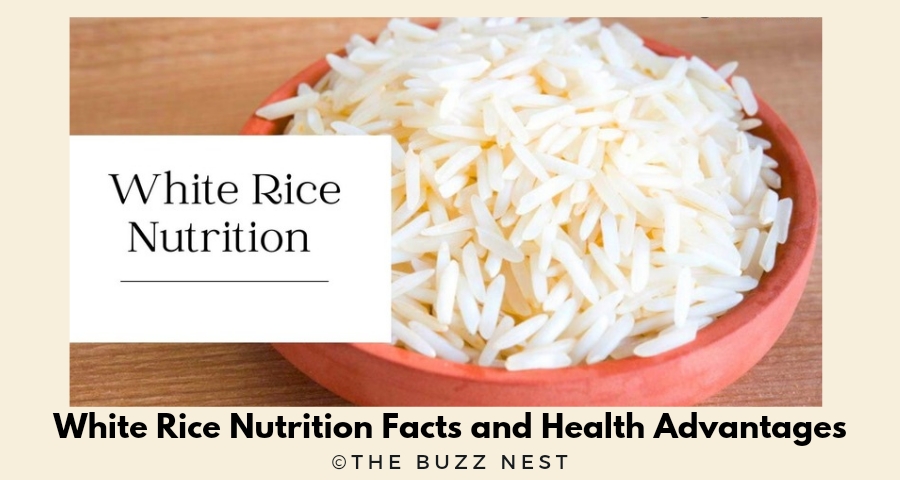White rice is a staple food in many cultures around the world. It’s a versatile grain that serves as a foundation for countless dishes, providing a reliable source of energy and nutrition. While some health trends cast white rice in a negative light, it remains a valuable part of many balanced diets. This article explores white rice nutrition facts, its health benefits, potential allergies, different varieties, and how to store and prepare it.
White Rice Nutrition Facts
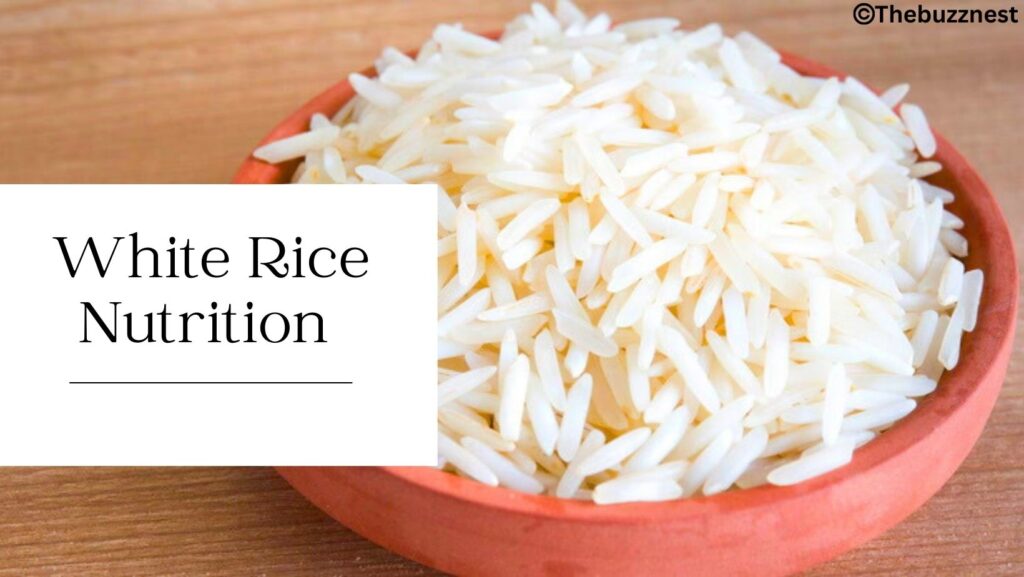
White rice nutrition facts is known for its simple yet powerful profile. As a refined grain, white rice has its husk, bran, and germ removed, which affects its nutritional content. Despite this, it still offers several important nutrients:
- Carbohydrates: White rice is predominantly composed of carbohydrates, which are essential for providing energy. A cup of cooked white rice contains about 45 grams of carbs. These carbs are mostly in the form of starch, which the body breaks down into glucose to fuel various bodily functions.
- Proteins: While not a high-protein food, white rice does contribute some protein to the diet. A cup of cooked white rice provides about 4 grams of protein, which is important for muscle repair and growth, as well as overall cellular function.
- Fats: White rice is very low in fat, with less than 1 gram of fat per cup. This makes it a suitable option for low-fat diets. The small amount of fat it does contain is primarily unsaturated, which is beneficial for heart health.
- Vitamins and Minerals: White rice is often enriched with essential vitamins and minerals that may be lost during processing. These typically include iron, folic acid, and B vitamins (such as niacin and thiamin). Iron is crucial for transporting oxygen in the blood, folic acid supports cell division and healthy pregnancies, and B vitamins are vital for energy metabolism and brain health.
Health Benefits
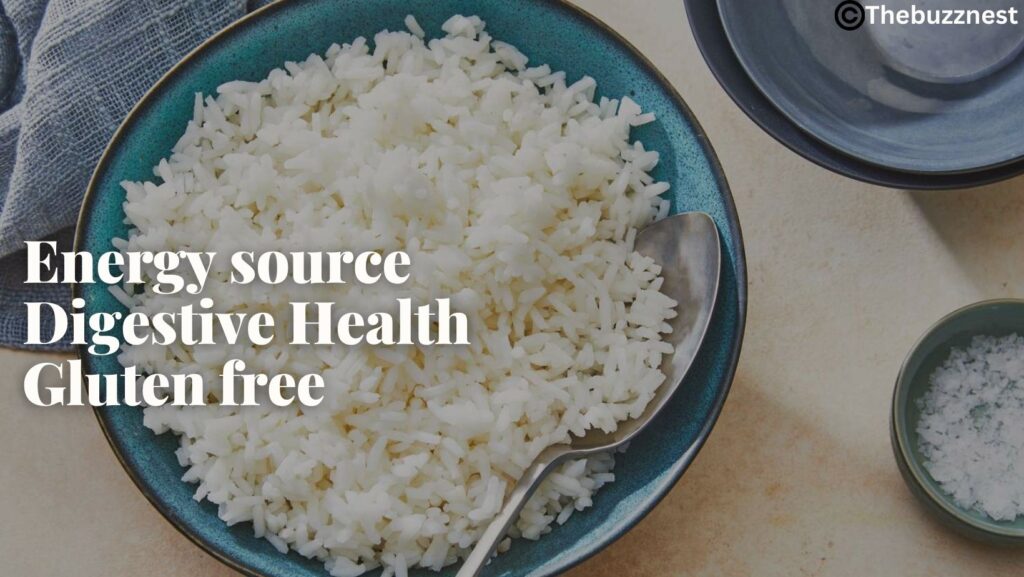
Despite some criticism, white rice offers several health benefits when consumed in moderation as part of a balanced diet:
- Energy Source: As a high-carbohydrate food, white rice is an excellent source of quick energy. This makes it particularly valuable for athletes and individuals with high energy needs.
- Digestive Health: White rice is easy to digest and can be soothing for the digestive system. It is often recommended for individuals with digestive issues or those recovering from illnesses, as it is gentle on the stomach.
- Gluten-Free: White rice is naturally gluten-free, making it a safe and versatile option for those with celiac disease or gluten sensitivities.
- Versatility and Accessibility: White rice’s neutral flavor and adaptability make it a staple in many culinary traditions. It can be paired with a wide range of foods and flavors, contributing to a varied and balanced diet.
Allergies
Rice allergies are relatively uncommon but can occur. Symptoms of a rice allergy can include skin rashes, itching, digestive discomfort, and in severe cases, anaphylaxis. Individuals with a rice allergy should avoid rice and rice-containing products. Cross-reactivity can also occur in individuals allergic to other grains, although this is rare.
Varieties of White Rice
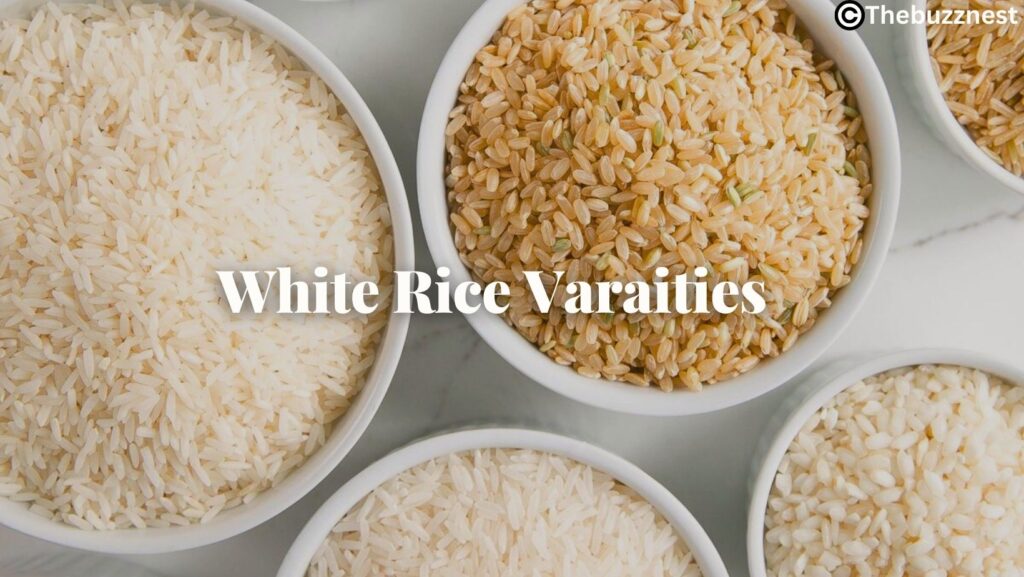
White rice comes in various types, each with its unique characteristics and uses:
- Long-Grain Rice: This type includes varieties like Basmati and Jasmine rice. Long-grain rice is known for its slender, long grains that stay separate and fluffy when cooked, making it ideal for dishes like pilaf and stir-fries.
- Medium-Grain Rice: Medium-grain rice, such as Arborio, has shorter, plumper grains that become slightly sticky when cooked. It is commonly used in dishes like risotto and paella.
- Short-Grain Rice: Short-grain rice, like sushi rice, is almost round and becomes very sticky when cooked. This stickiness makes it perfect for sushi and other dishes that require rice to hold together well.
Are there any potential side effects of salicylic acid? How long will it take to see results? Can I incorporate into my daily routine? Well, to answer all your questions, we are here with this article.
Storage and How to Prepare
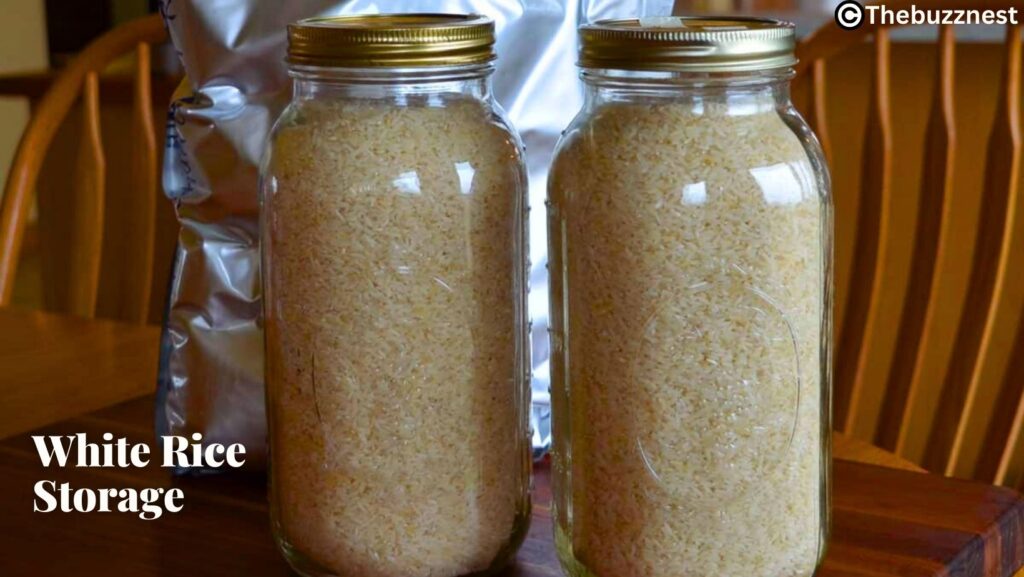
Proper storage and preparation of white rice are crucial to maintaining its quality and nutritional value:
- Storage: Uncooked white rice should be stored in an airtight container in a cool, dry place. It can last for several years if stored properly. Once cooked, white rice should be refrigerated and consumed within 4-6 days to prevent spoilage. For longer storage, cooked rice can be frozen in portion-sized containers.
- Preparation: Cooking white rice is simple and straightforward. The basic method involves rinsing the rice to remove excess starch, then combining it with water in a 1:2 ratio (one part rice to two parts water). Bring it to a boil, reduce the heat to low, cover, and simmer for about 18-20 minutes, or until the water is absorbed and the rice is tender. Let it sit off the heat for a few minutes before fluffing with a fork.
In conclusion, white rice, with its simple preparation and versatile uses, remains a valuable component of many diets around the world. It provides essential nutrients, serves as a reliable energy source, and supports digestive health. While it’s important to consume it in moderation and as part of a balanced diet, white rice’s benefits make it a worthwhile addition to many meals.

